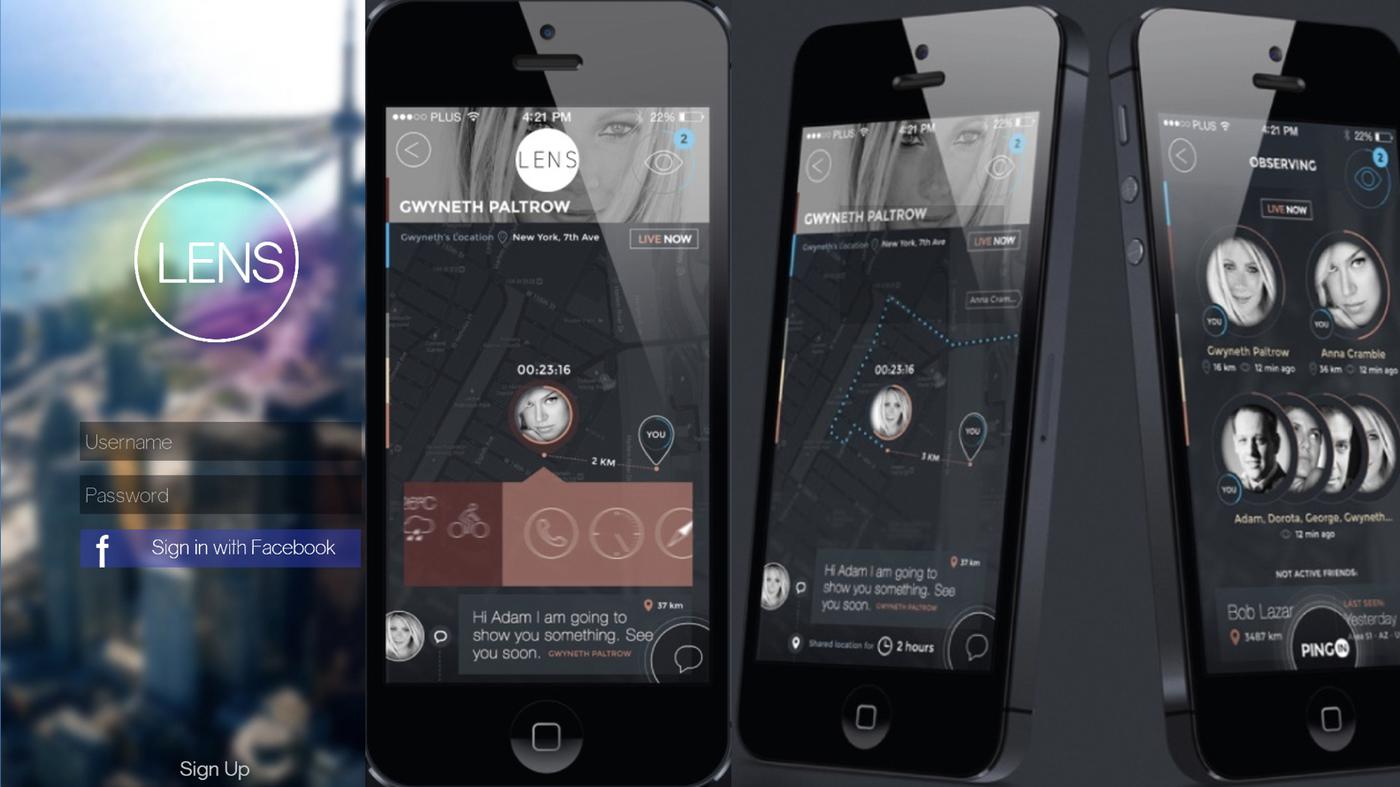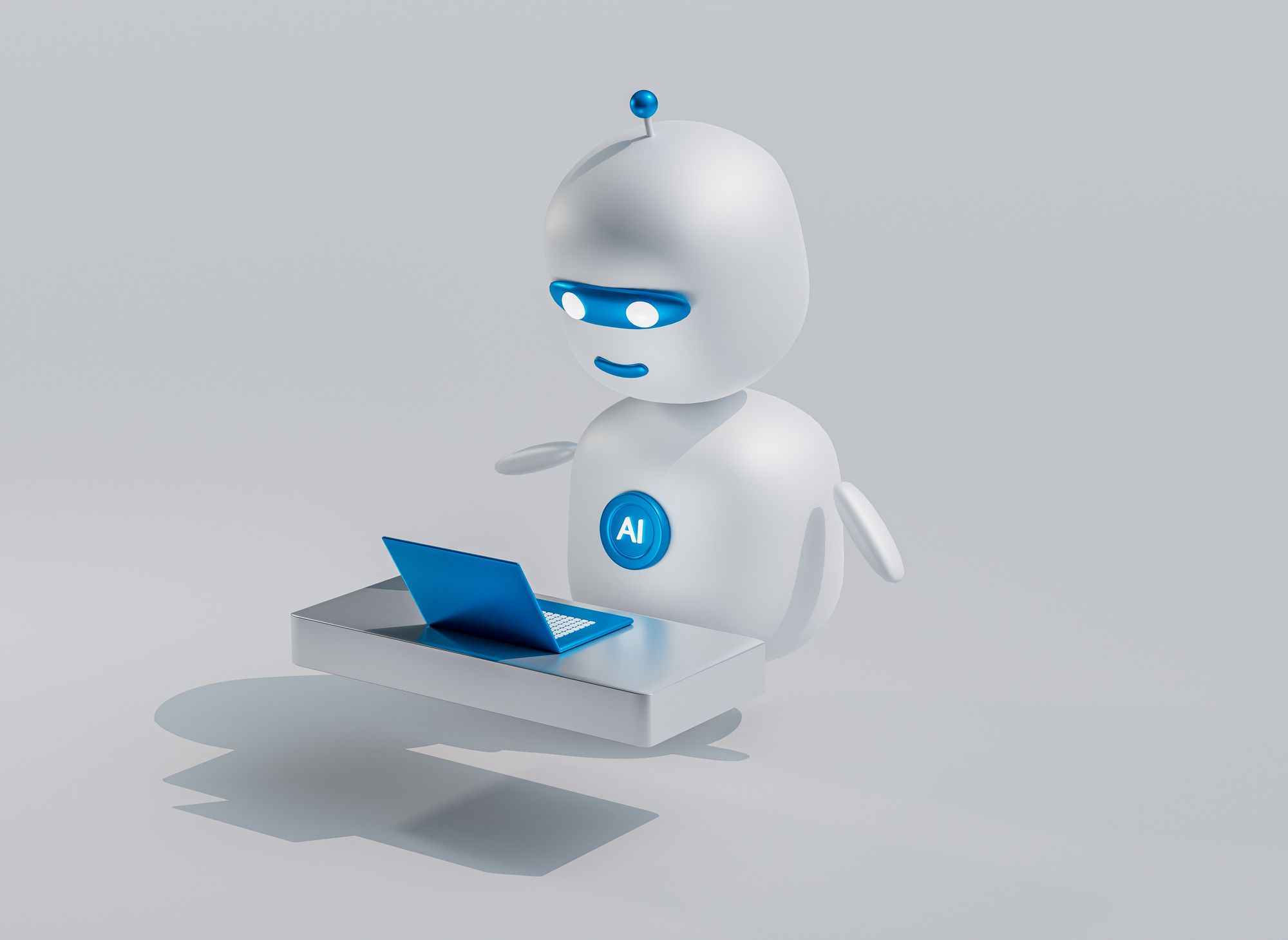What might be the consequences of enabling people to “live forever” in a digital form? This question has been on the radar of techno-utopians for decades. Optimism surrounding technology flourished in the dot-com era of the 01990s. Despite the skepticism that has since emerged over technology’s capacity to deliver greater human prosperity and wellbeing, innovators, investors, and many among the wider public remain compelled by how new technologies might improve human life. As for the question of how to transcend human nature and attain immortality, this conundrum has preoccupied humans since time immemorial.
In the context of digital avatars — perhaps the technological development bringing us closest to “immortality” to date — the question of how humans might “live forever” is itself evolving at a rapid rate. A decade ago, we began to ask what to do with the social media accounts of deceased loved ones: whether and how to delete such accounts, for instance, and whether the bereaved could derive comfort from engaging with the social media profile of a deceased person. In 02023, however, with the emergence of newly sophisticated language models and machine-learning algorithms, the possibility that one could exist beyond the grave in an active rather than a static manner is becoming increasingly plausible.
Since late 02021, projects like MIT Media Lab’s Augmented Eternity and HereAfter AI have been exploring the possibility of providing machine-learning algorithms with consenting individuals’ personal communication data as a means of helping these algorithms approximate and imitate people’s personalities, conversational style, and decision-making tendencies — in perpetuity. This could have the effect of these algorithms growing capable of imitating people to the extent that they can enshrine them, or at least an echo of them, as a digital avatar. These avatars might exist as chatbots, or even take on an audio or visual form. These endeavors share the goal of creating digital avatars that capture and embody real people as accurately as possible, thereby enabling them to live digitally beyond their human lifespans.
Astonishingly rapid advances in chatbot technology such as OpenAI’s GPT-4 have made discussions surrounding large language models and their relationship to eternal digital avatars newly topical. While present iterations of language models and digital avatars — such as in Meta’s much-maligned metaverse — may be overhyped or flawed, it is almost certain that they will improve over time as developers continue to refine them. They will become more nuanced, more convincing, and more “humanlike.”
Consequently, philosophical and ethical questions surrounding digital afterlives are fast complexifying — particularly regarding the rights of future generations.
To what degree ought people digitally enabled to “live forever” be integrated into society? Should digital avatars be perceived as ongoing participants in the world, and accorded the rights of beings with agency?
Should an individual in the present be permitted to create a digital version of themselves — given that future generations cannot consent to the responsibility of preserving this avatar, or to the responsibility or onus of interacting with it or understanding how to use its knowledge wisely?
What are the costs of such preservation?
What extending existence might look like
Advocates for technologies that seek to enshrine humans in digital form often argue that doing so can benefit future generations. Marius Ursache contends that “death tech” is useful because the living can reflect on and learn from digitally preserved memories and histories. Ursache founded Eternime, a startup which seeks to incorporate personal data into an avatar that will endure and be able to interact with the living. Hossein Rahnama of Augmented Eternity, meanwhile, is currently working to create a digital avatar of the CEO of a large financial company, which they both hope will be capable of advising as consultant for the company long after the CEO is gone. Such a creation could offer expertise to future generations in the world of work, pro bono, per sempre.

Digital avatars promise an interactivity across time that could reshape how people perceive distance between the deceased, the living, and the as-yet unborn. Digitizing family members could enable intergenerational relationships beyond anything currently possible: imagine, for example, being able to speak with the digital avatar of a great-great-grandparent. One might gain an imperfect impression of them — a digital avatar being a reflection of an individual rather than that person incarnate — but the impression of their personality and manner might be richer than anything accessible through other mediums.
The potential of digital avatars also extends beyond personal and familial contexts, as in the case of Augmented Eternity’s financial company CEO. Digitizing certain individuals could lead to them being consulted for their business or political opinions, mined for their creative talent, or even asked for their life advice, long after their deaths. What if a person’s digital avatar could extend the life’s work of that person? An author could finish a book series posthumously or write another altogether; a singer could carry on composing their masterwork; a scholar could continue unraveling a seemingly unsolvable problem that they nearly deciphered while alive.
Yet the effect of extending people’s lives digitally in this manner would also have equality implications on micro and macro levels.
We are already seeing early examples of how such technologies might impact the creative industries, with new technologies allowing a digital version of the late Carrie Fisher to act in The Rise of Skywalker (02019) and ABBA’s aged-down digital avatars (“ABBA-tars”) to perform in sold-out ABBA Voyage concerts (02022-ongoing).

These instances of digital technologies at work might provide audiences with feelings of continuity and recognition upon glimpsing familiar idols onscreen and onstage. On the other hand, they might also portend a narrowing of opportunities for fresh talent in creative industries. If deceased actors can be cast in live-action films — and if authors and singers and poets can create new work from beyond the grave — how much will deceased-yet-enduring individuals displace living creators? The pop singer Grimes, for example, has already said that she would split royalties 50% on any successful AI-generated song that uses her voice — an offer without a fixed end point. In terms of jobs and of opportunity, such a shift could prove markedly unfair for new talent.
This argument evokes recent anxieties among creators regarding the proficiency of deep learning models such as GPT-4 and DALL·E 2. If digital entities, whether digital avatars or artificial intelligence, can eventually produce creative content effortlessly and to a high standard, they will create new opportunities — but they will also threaten existing jobs. Adding the consideration of future generations, it prompts the question of how digital avatars of previous generations might hamper the ability of the living to influence and lead in their own times.
The existence of digital avatars also poses a serious consideration for other areas of society such as politics and law. Digital avatars of popular political figures could offer commentary on current affairs; and were this commentary sanctioned by their party, family or estate, it could lend the digital avatar further credence. Digital avatars might also come to be called upon in contexts such as family and inheritance law, to offer clarifying statements on wills and intent. Digital beings might even eventually be accorded rights, such as the right to be preserved — at the effort and expense of then-current and future generations.
Such ideas might seem far fetched at first glance, but technology uptake appears futuristic until it happens. It often occurs without people realizing the extent to which it is happening, such as with the use of AI in recruitment or the now near-inevitability of online data collection. It is plausible that once digital avatars become convincing enough that humans start considering them as representative of actual people, these avatars will become more widely seen and consulted across myriad social settings. In some cases, too, it is possible that their perspectives and rights may be prioritized over those of the living.
Intelligent beings, and balancing the rights of past, present, and future generations
Today, digital avatars have no internal states — or at least not internal states whose intelligence humans understand. For instance, while chatbots can be convincing, it is hard to argue that they have developed the ability to truly understand the perspectives and intentions of others and possess what psychologists call “theory of mind.” Rather, their capabilities render them more like a mirror than a human interlocutor: they are able to replicate patterns based on data created by real people and our machines, but lack memory capabilities, self-control, cognitive impulsivity, and imagination, among other qualities.
Granted, one can argue that human intelligence, too, depends largely on imitation and replication of patterns. Are not all language and behavior, to an extent, learned? Philosophical debate aside, the aforementioned limitations surrounding memory and imagination remain, rendering digital avatars less multifaceted than the people they are imitating. It is therefore reasonable to contend that we are primarily talking to our own reflections and simply finding them somewhat lifelike.

However, this situation could yet change, especially if AI and digital avatars come to develop an intelligence that humans understand better or recognize more clearly as equal or superior to our own. As AI pioneer Geoffrey Hinton recently expressed in a Guardian interview, “biological intelligence and digital intelligence are very different, and digital intelligence is probably much better.”
For example, it is possible that AI could become smart enough to begin writing its own prompts, potentially programming itself more intelligently than any human could do. In doing so, it could develop sophisticated internal states that are beyond human understanding but nevertheless merit respect — similar to how humans do not fully understand how the human brain works yet respect it all the same.
There may come a point at which we cannot justifiably claim that AI and digital avatars are any less intelligent, empathetic, or “human” than living people who have acquired similar qualities of intelligence, expression, and empathy through observing and learning. It is possible that future generations will be confronted with the question of how to care for and preserve digital avatars, especially should these reach the degree of sophistication wherein to abandon or destroy them could be understood more as murdering a person than shutting off a machine or a program.
This possible future raises questions surrounding how to balance the rights of digital avatars with the rights of living and as-yet-unborn people. Being the custodian of a digital avatar, even were this duty bequeathed and remunerated via a family will, could prove an unwanted burden — in terms of effort, resources, responsibility, and emotional considerations.
Perhaps future generations should have the right to “let the past go” the way current generations do. Enshrining a person in digital avatar form risks impinging on the rights of future generations: firstly, to live not surrounded by the dead, and secondly, to have a grieving process that reflects how humans currently experience mortality. Digital avatars could disrupt existing sociocultural norms and personal emotional processes related to grief, and potentially make grieving the deceased more difficult, especially in the case of family members. How might one’s relationship with family and friends change in life, if death seemed less final owing to the simulacra of digital avatars? And how might the existence of digital avatars both console and perturb through their apparent extension of relationships — and possible development over time of an avatar’s character — from beyond the grave?
Living with digital avatars
In 02013, the story of Dr. Margaret McCollum’s daily pilgrimage to London’s Embankment station made international headlines. Dr. McCollum had been visiting the station every day since her husband’s death in 02007 to hear his voice: her late husband’s 40-year-old “mind the gap” recording was still being used on the northbound Northern Line. In 02013, his voice was replaced by a new digital system. However, when Transport for London learned how much the original recording had meant to Dr. McCollum, they restored the original recording at the Embankment station.
Stories like this one — or like that of the family members who phoned an automated telephone weather service to hear their late husband and father’s voice — are moving examples of how digital traces of people can be meaningful and comforting to those they have left behind. At their best, digital avatars could offer similar comfort. Moreover, some cultures and religions already purport to communicate with the dead, and perceive doing so as a positive act. The impact of digital avatars on future individuals may therefore depend significantly on how these individuals conceive of death and grief in accordance with their personal beliefs. Indeed, although there is no single philosophy to which to cleave while advancing such technology ethically, it is important to advance such technology while keeping in mind the question of what roles death and grief play in human life.

I believe that life’s finitude is part of what inspires humans to imbue life with significance — an idea explored at length by philosophers like Martin Heidegger. Avoiding personal loss and grief outright ought not to be the goal, not least because we cannot actually achieve this. We are only fooling ourselves if we believe a simulacra can replace a person.
Moreover, in telling ourselves we can preserve people digitally, we also risk perpetuating the idea that we can put off the inevitable — that we can “defeat” our own deaths. If societies develop a more widespread belief that they and their inhabitants can escape death simply by moving from the physical world into a digital one, could that not also engender less affinity to — and investment in — preserving the physical world? Humans presently face very real existential challenges. Is digital life, at least for some, a means of distracting ourselves from confronting and addressing them? And if this is indeed the case, ought we not to question further whether digital afterlives are placating us rather than saving us — and get better at staring grief, loss, and dilemmas in the eye?
Digital avatars might offer comfort, insight, and a richer relationship with distant ancestors to future individuals. Their creation needs to be accompanied by conversation and legislation establishing norms around custodianship, rights, and responsibilities that don't impede the lives of future generations or prevent them from meaningfully confronting death — especially their own. It should also be possible to say farewell to a digital avatar without excessive guilt or grief.
Some people may wish to create digital avatars of themselves purely out of a desire to donate their skills or to help others. For many people, however, I would warrant that a desire to continue living — and to avoid confronting the reality of one’s essence being extinguished with death — plays a core role in pursuing such technologies.
Ultimately, the desire to live longer, including through digital means, is understandable. Yet if we can't find clear ways to prioritize the needs and rights of future generations, I’m not sure digital immortality can be justified.